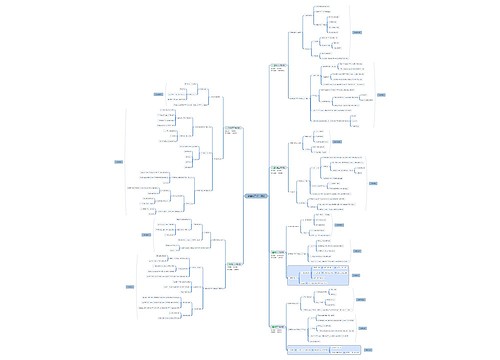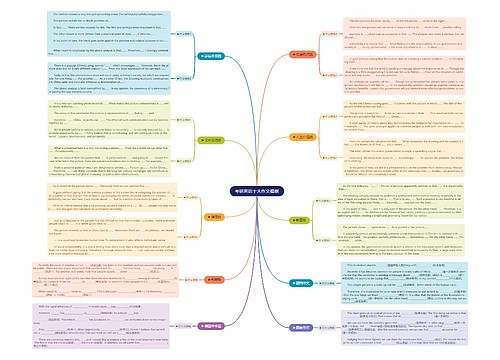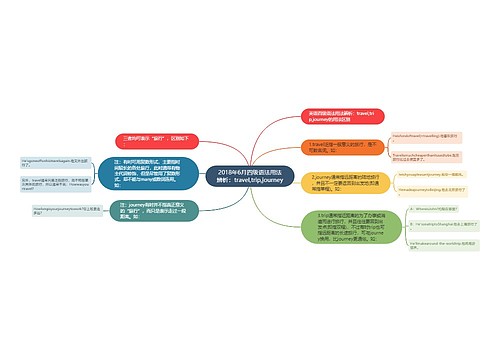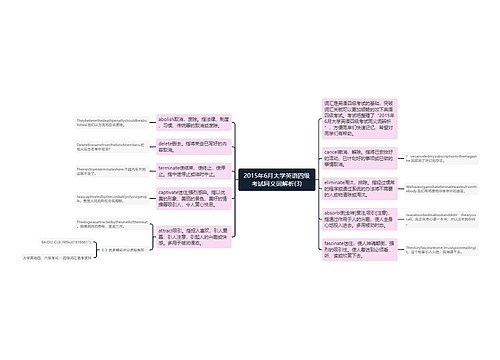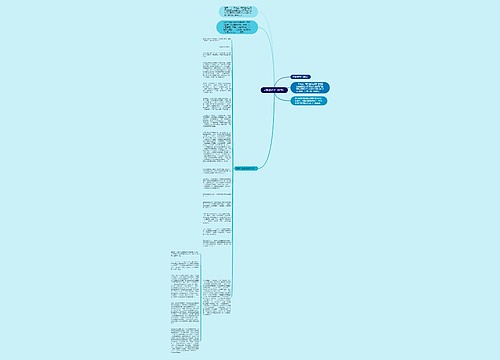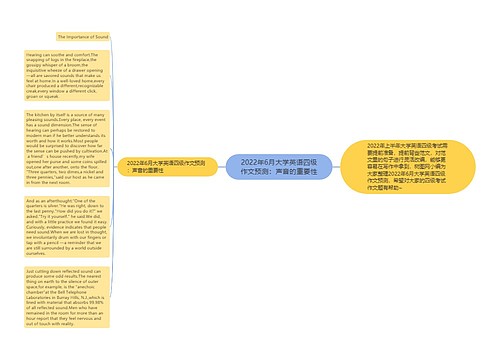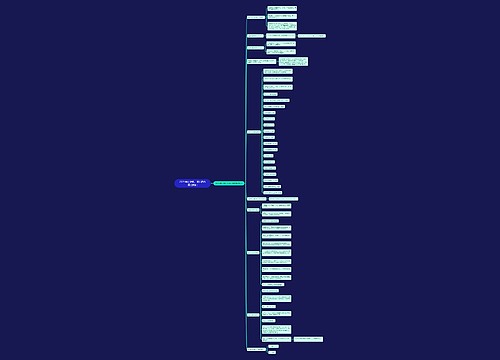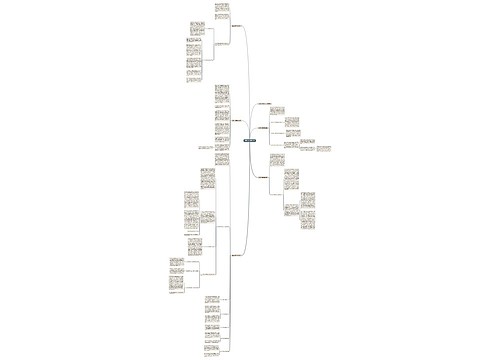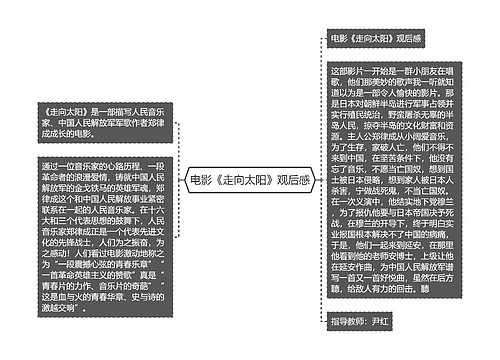People with disabilities comprise a large part of the population.It is estimated that over 35 million Americans have physical, mental, or other disabilities.About half of these disabilities are "developmental",i.e., they occur prior to the individual’s twenty-second birthday,often from genetic conditions,and are severe enough to affect three or more areas of development,such as mobility, communication, employment, etc.
Most other disabilities are considered "adventitious",i.e., accidental or caused by outside forces.Prior to the 20th century,only a small percentage of people with disabilitiessurvived for long.Medical treatment for these disabilities was unavailable.Advancements in medicine and social services have created a climate in which people with disabilities can expect to have such basic needs as food,shelter, and medical treatment.Unfortunately, these basics are often not available.
Civil liberties such as the right to vote,marry, get an education,and gain employment have historically been denied on the basis of disability.In recent decades, the disability rights movement has been organized to fight against these infringements of civil rights.Congress responded by passing major legislation recognizing people with disabilities as a protected class under civil rights statutes.Still today, people with disabilities must fight to live their lives independently.
It is estimated that more than half of qualified Americans with disabilities are unemployed,and a majority of those who do work are underemployed.About two-thirds live at or below the official poverty level.Significant barriers,especially in transportation and public awareness,prevent disabled people from taking part in society.For example, while no longer prohibited by law from marrying,a person with no access to transportation is effectively excluded from community and social activities which might lead to the development of long-term relationships.

 U633687664
U633687664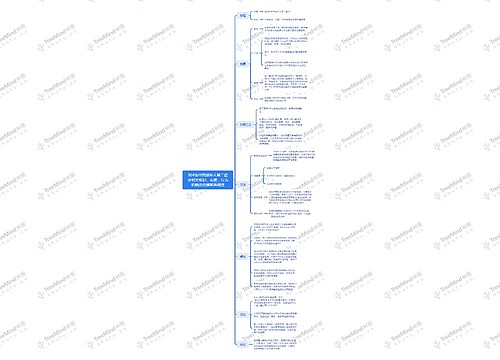
 U582121265
U582121265